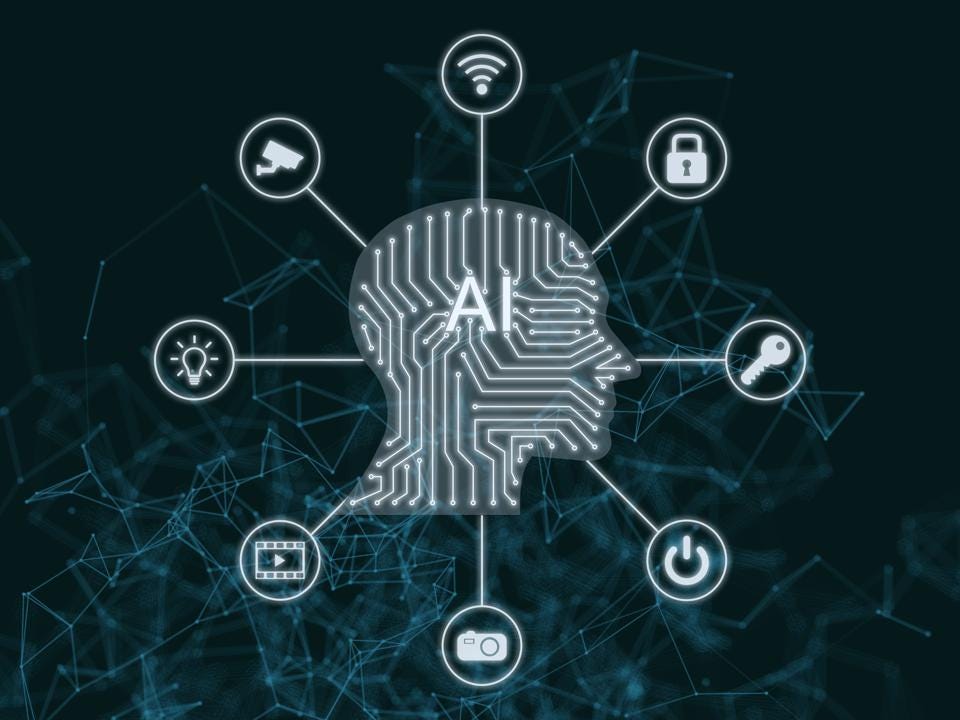The world is surely taking a huge turn towards technology, and new items are being discovered by experts who are trying to uncover new benefits as well as minimize disadvantages as much as possible. The world of AI was first discovered and coined by John McCarthy in the 1950s and that of machine learning by Geoffrey Hinton in the same century.
What’s the Difference?
AI and machine learning go hand-in-hand, but it is important to note that there is a difference between the two, and machine learning is actually a subfield of Artificial Intelligence. Many definitions work, but according to Microsoft, AI is the capability of a computer system to mimic human cognitive functions such as learning––where the computer system uses math and logic to learn new information and make decisions.

Drawing from IBM, machine learning is a branch of AI that focuses on the use of data and algorithms to imitate the way humans learn, gradually improving its accuracy. Experts claim that it is more human dependent on human intervention to learn. IBM suggests that there are three main parts to the learning system of machine learning: a decision process, an error function, and a model optimization process.
Benefits from ML Implementation
Columbia AI says machine learning uses algorithms to automatically gain insights and recognize patterns from data in order to make better decisions. This explains why various industries have applied AI and machine learning into their day-to-day activities. For instance, the healthcare industry uses AI to improve cancer detection. In the banking industry, detection and prevention of fraud and cybersecurity attacks have been enhanced.

Once again, technology is advancing, and we need to be kept up to speed with the changes happening around us. AI and machine learning do have their tremendous advantages, but we also have to work smart towards securing jobs and making sure everybody wins!
Overall, the benefits of AI are the creation of more sources of input, increased operational efficiency, and faster decision making. Hence, this field has a promising future in the coming years.
Jeremy Cook, director of Energy Transition Solutions, says AI is going to be a catalyst to accelerate progress towards decarbonization goals in terms of clean energy. It is now probable that AI and machine learning are going to be incorporated in order to even curb climate change and its effects.
Flip Side of the Coin
MIT researchers have developed a technique in machine learning to quantify uncertainties while using less processing power. The metamodel is still being tested to check whether the uncertainty quantification is accurate. As much as AI has brought so much positive impact to the table, some negative aspects are still being caused by it. Unemployment is a major effect that can be felt throughout the world because AI can do much of the technology work, proving human labor to be useless.






